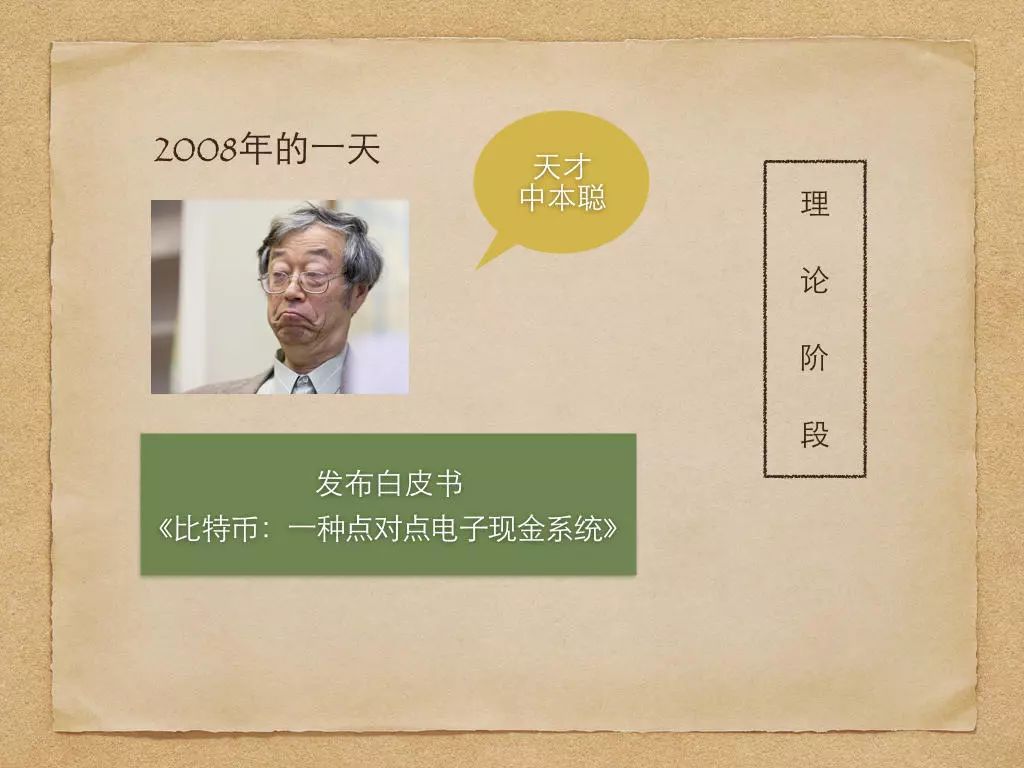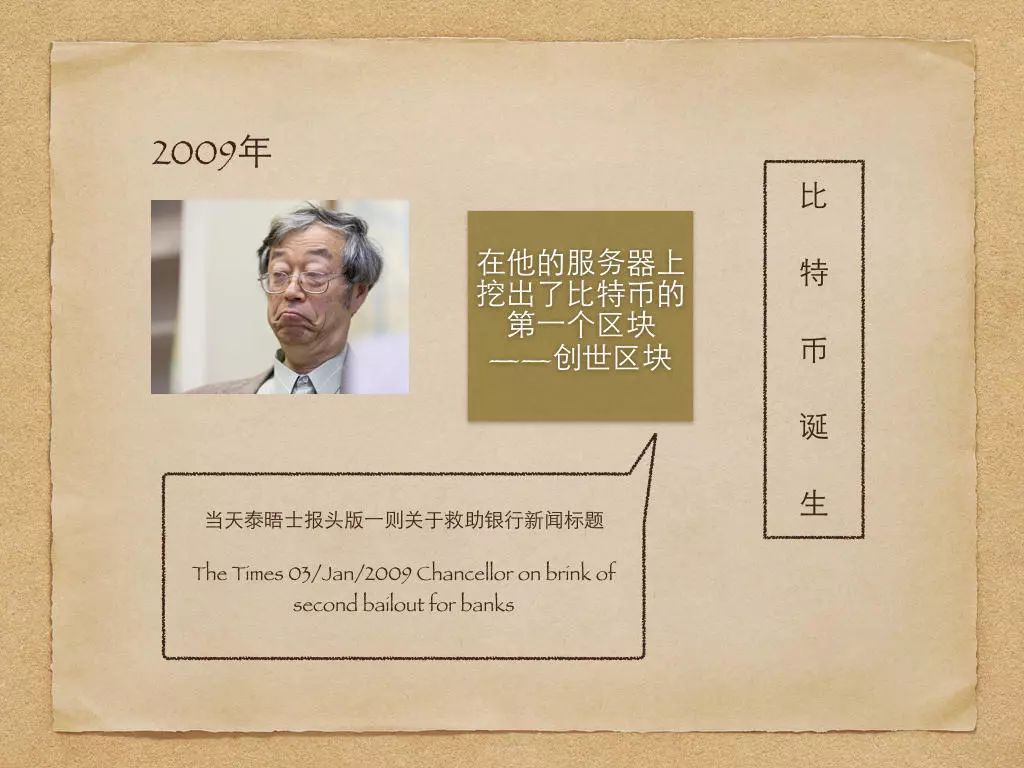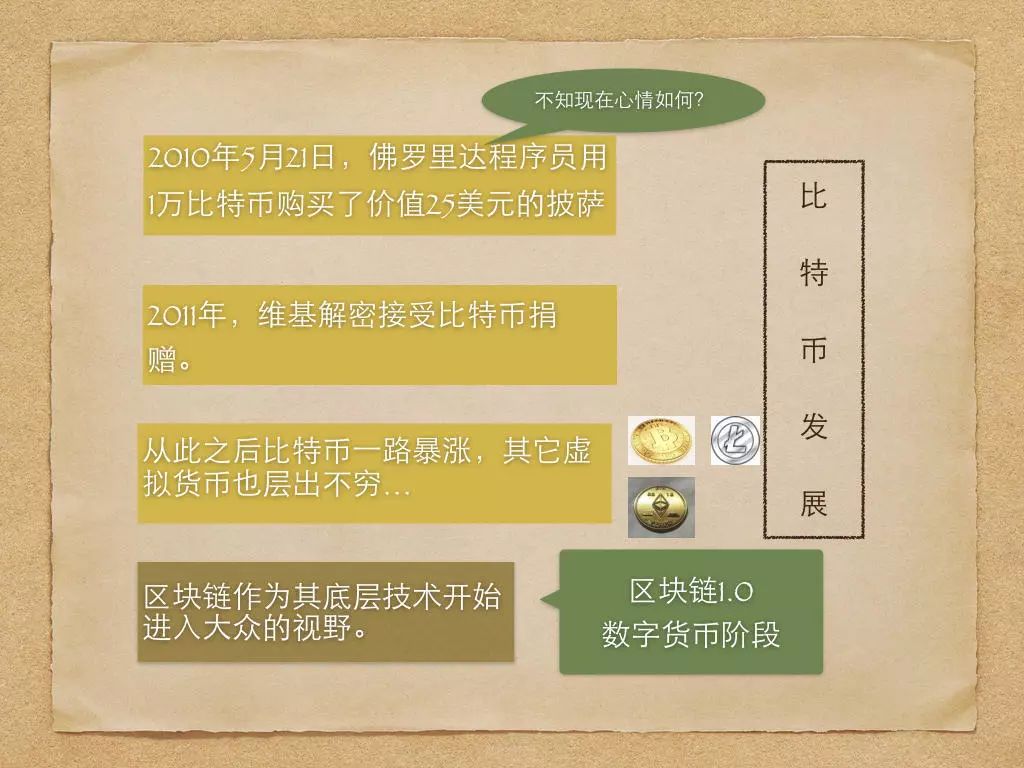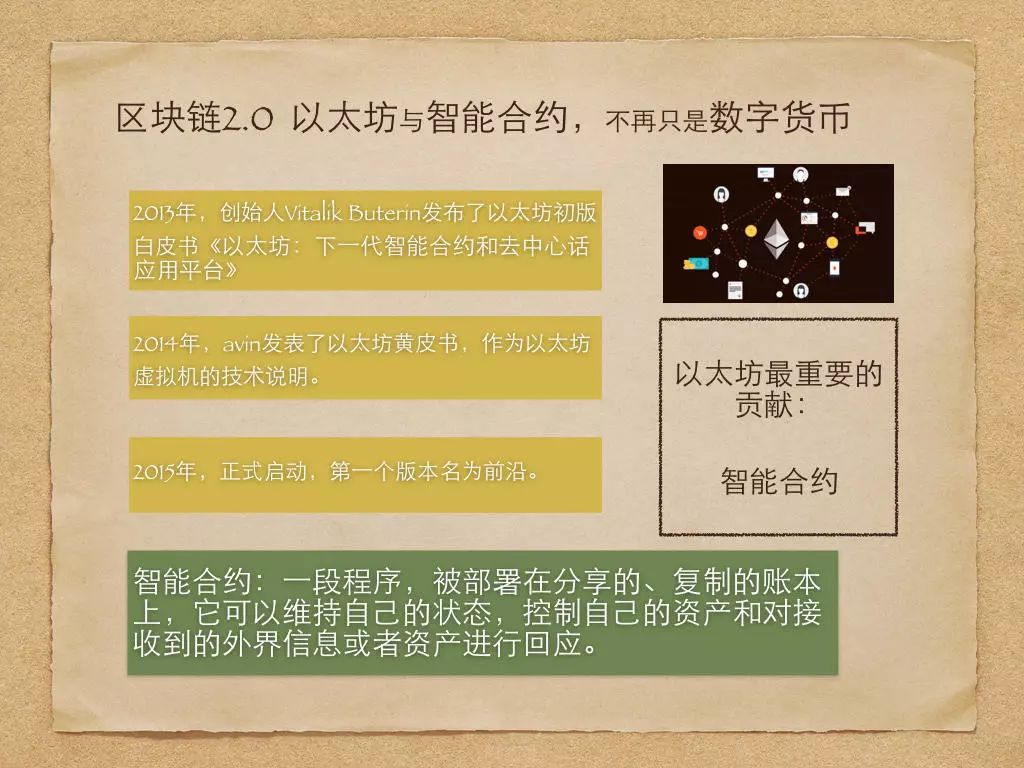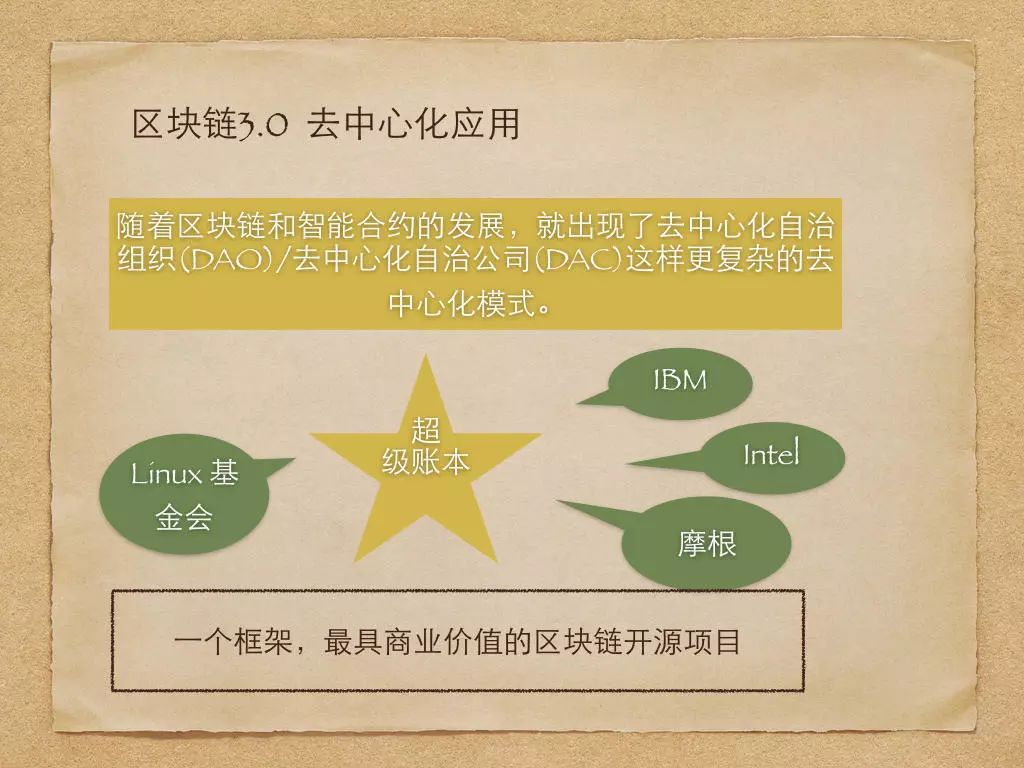Blockchain technology is a very young technology that originated in the 21st century. Blockchain 1.0 In one day in 2008, a genius, Satoshi Satoshi published a white paper “Bitcoin: A Peer-to-peer Electronic Cash System,†which proposes an electronic cash system that is implemented entirely by peer-to-peer technology and is based on cryptography. The principle is not based on credit, so that online payment can be initiated directly by one party and paid to the other party without any need to pass through any financial institution. Qu In the following year, in 2009, this genius again dug up the first block of Bitcoin on his server. The content of the block was the headline of the Thames newspaper on the front page of the news headline of the Bank of Salvation. Also known as the Genesis Block, it won the first batch of 50 Bitcoin. In the next phase of Bitcoin's rapid development, the value of Bitcoin was initially negotiated by users. After all, it was famous that on May 21, 2010, a Florida programmer bought 10,000 worth of pizza for 10,000 bitcoins. Think about how 10,000 Bitcoins can buy millions of pizzas now. By the end of 2010, bitcoin has exceeded a million dollars in economic value. In 2011, Bitcoin became famous. In June 2011, WikiLeaks began accepting Bitcoin donations. Soon, Bitcoin's economic value has exceeded 200 million U.S. dollars. With the development of Bitcoin, other digital currencies are also emerging. In this development process, bitcoin as its underlying technology began to enter the public view. This phase is dominated by digital currency and can be referred to as Blockchain 1.0. Blockchain 2.0 In Blockchain 2.0, the application of blockchain technology is no longer just digital currency, but extends to a decentralized application platform. The sign of this stage is the emergence of Ethereum. Ethereum is an open source public blockchain platform with smart contract functionality that allows users to build applications on top of it. In 2013, the founder released Ethereum's first white paper Ethereum: The Next Generation Smart Contracting and De-centering Application Platform. What Ethereum needed to do was apply blockchains to areas outside of money. The goal is to provide a blockchain with a built-in, mature, Turing-complete language that can be used to create contracts to encode arbitrary state transitions. The user can create the above by simply implementing the logic in a few lines of code. And all the systems and many other systems that we couldn't imagine. This type of contract is called a smart contract. In April 2014, Gavin published the Ethereum Yellow Book as a technical illustration of the Ethereum virtual machine. According to the specific instructions in the Yellow Book, the Ethereum client has been implemented in 7 programming languages ​​(C++, Go, Python, Java, JavaScript, Haskell, Rust). And to raise funds to start pre-selling ether. Ethereum is the Ethereum currency unit. In 2015, it was formally launched. The first version is called Frontier. What started out was a proof-of-work POW algorithm, but in the future it might be considered a proof-of-stake POS. Ethereum’s most important technical contribution is wisdom contracts. Blockchain 3.0 With the development of blockchains, the decentralized model has become more and more complex. People use this technology to build decentralized organizations or communities around the world. These decentralized organizations or communities are not completely public chains, also known as alliance chains or private chains. Private chain, organization or community construction can only be used by a few internal people and information is not disclosed. The alliance chain is between the public chain and the private chain, and several organizations or communities work together to maintain a blockchain. The blockchain has privileged management and is disclosed among several organizations. The super book project is an important exploration of the first open blockchain technology for enterprises. With the support of the Linux Foundation, it attracted the participation of many technology and financial giants including IBM, Intel and Morgan. The super bookbook has achieved complete rights control and security guarantees based on the previous blockchain technology. The super ledger includes a number of framework projects, of which the one widely known is the Fabric project. Fabric strives to exchange, maintain, and read information about a given asset within a consensus network.
External Cable Assembly Wire:It is used to transmit data, audio, video, etc. it is a kind of electric energy or signal transmission device, which is usually composed of several wires or groups of wires.
External cable assembly line: used for connection, conduction, current and signal transmission of machine equipment, instrument, electronic and electrical peripheral equipment
External Cable Assembly Wire:It is used to transmit data, audio, video, etc. it is a kind of electric energy or signal transmission device, which is usually composed of several wires or groups of wires.
External cable assembly line: used for connection, conduction, current and signal transmission of machine equipment, instrument, electronic and electrical peripheral equipment
External Cable Assembly Wire ShenZhen Antenk Electronics Co,Ltd , https://www.antenkconn.com